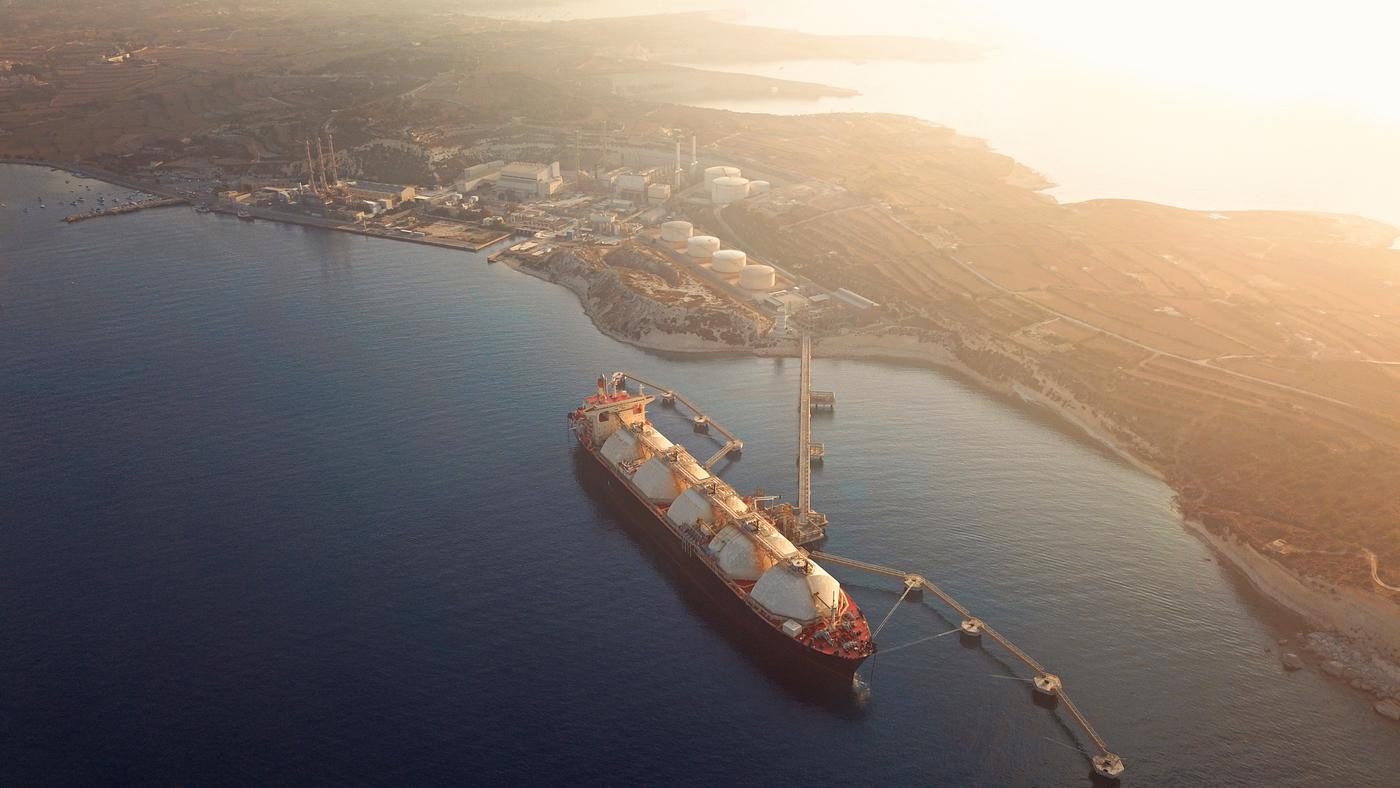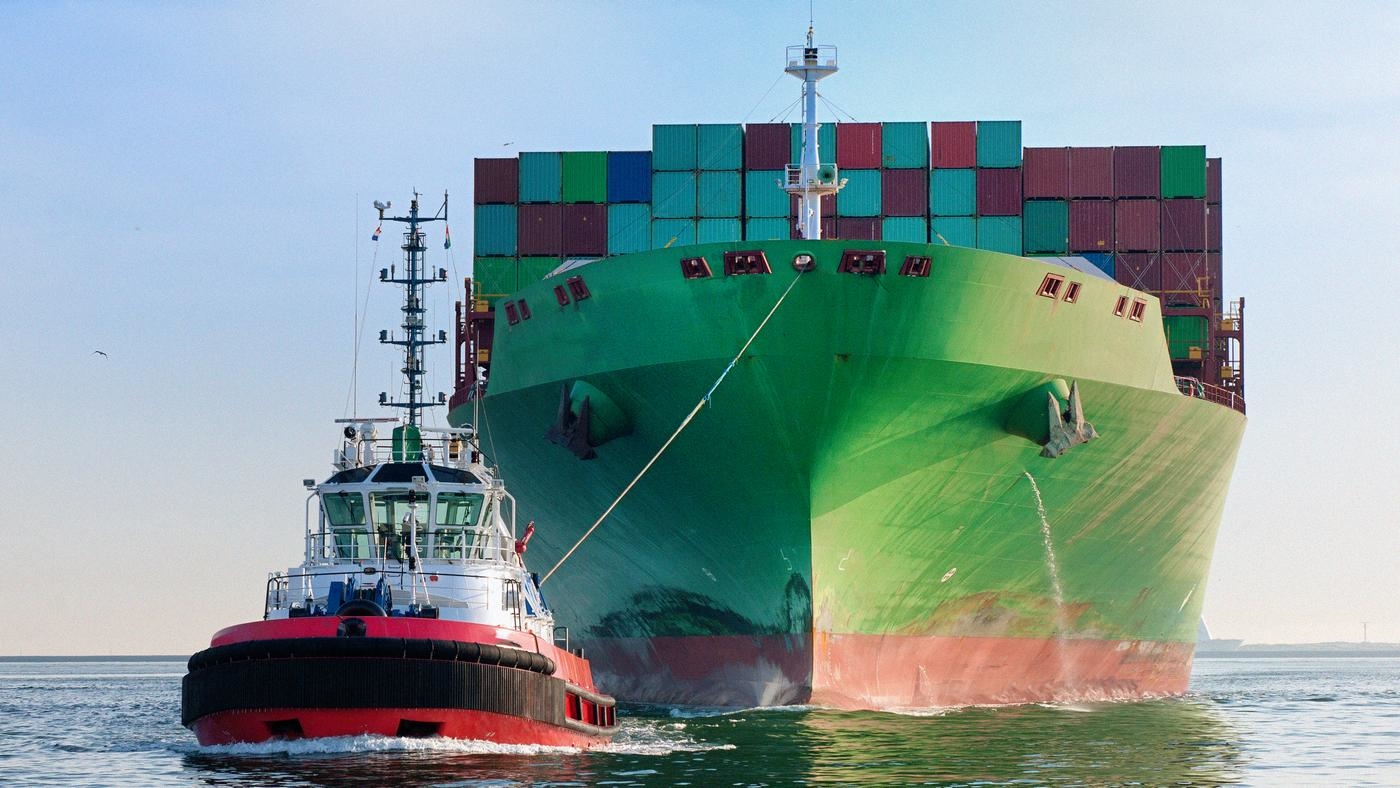Industries we serve
Make better decisions with objective insight drawn from deep industry knowledge and research.
Industries we serve
Make better decisions with objective insight drawn from deep industry knowledge and research.
We know our industries inside and out
Our dedicated oil, gas, power, renewables, chemicals, metals and mining experts are part of the sectors we analyse. So we cultivate a deep understanding of local issues and market forces worldwide.
And we talk to our clients every day. From central bank leaders and supermajor CEOs to analysts and operators in the field, we offer our considered, independent view. This culture of respectful trust enables us to share knowledge across the natural resources value chain and alert you to new trends and future dynamics before anyone else.
Forward-thinking, independent analysis across multiple industry sectors
-
 Lens Platform
Lens Platform
A data platform that provides an integrated view from source to consumption
Explore Lens PlatformA data platform that provides an integrated view from source to consumption







